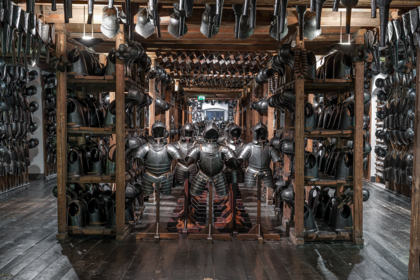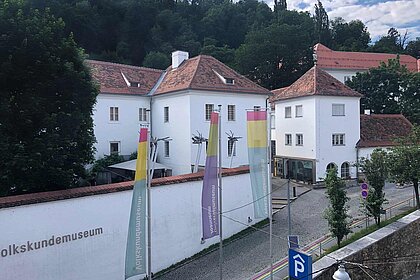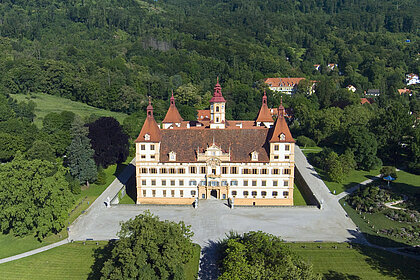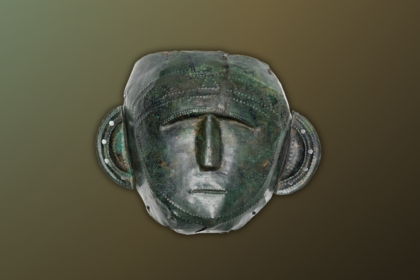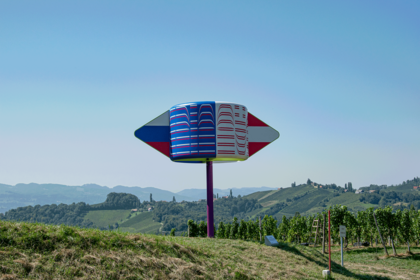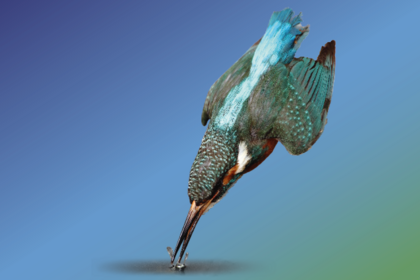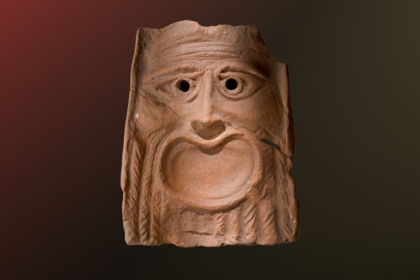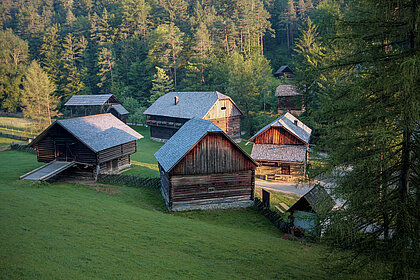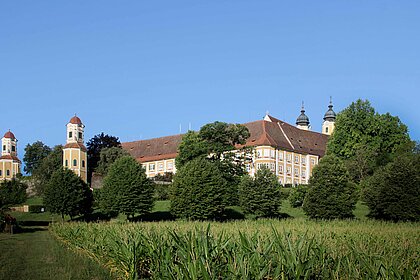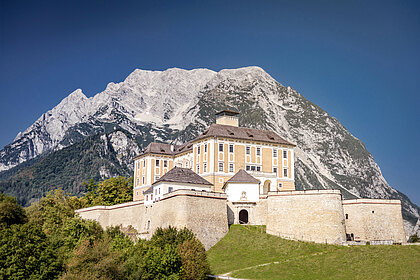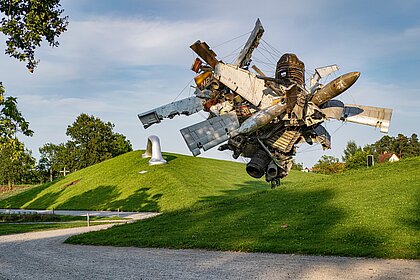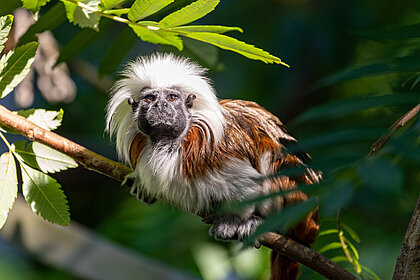The amazing species richness of the Amazon rainforest is tightly linked to its geological history. Major changes in topography (e.g., the uplift of the Andean Mountains), in the drainage pattern of rivers (e.g., the formation of the westeast-flowing Amazon River) and climatic fluctuations have favoured the emergence of new species in the recent geological past (before the Holocene). About 2311 million years ago, during the Neogene period, the western Amazon basin was a vast wetland of interconnected rivers, lakes and swamps, perhaps influenced by the Caribbean Sea. This so-called "Pebas system" formed both an access to (for aquatic life) and a barrier within (for terrestrial life) South Americas interior. Previous research on fossil shells and snails has already provided significant insights into the processes that favoured the evolution of new mollusc species. Based on the distribution of these "Pebas molluscs", it was also possible to outline the extent of the "Pebas wetland", its connections to adjacent areas and a chronological zonation. In contrast, little is known about a group of tiny crustaceans living in this area, the mussel shrimps (ostracods; especially the genus Cyprideis). Neither their species diversity, their environmental requirements, their spatial and temporal distribution nor their evolution have been sufficiently explored. Within this project, the origin of the typical Pebas mussel shrimp fauna, the rapid development of its diversity and the causes of its disappearance will be clarified. To this end, rock sequences and samples and the fossils they contain from Colombia, Ecuador and Peru will be studied using geological, palaeontological and geochemical methods. This allows a unique insight into the evolutionary history of this group of animals over a period of several million years.
FWF-Project P 35815
Duration: 01.10.2022-30.09.2025
Leader: M. Gross, staff members: W.E. Piller (Senior Postdoc), A. Salazar Rios & B. Zamudio (PhD students)
